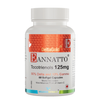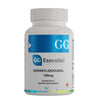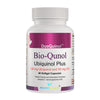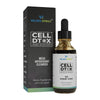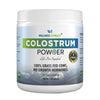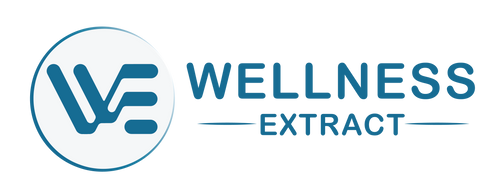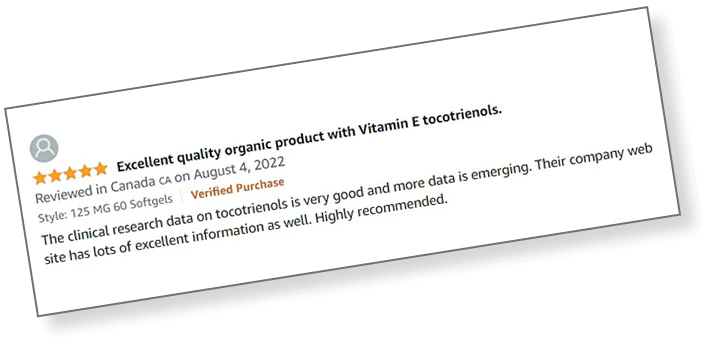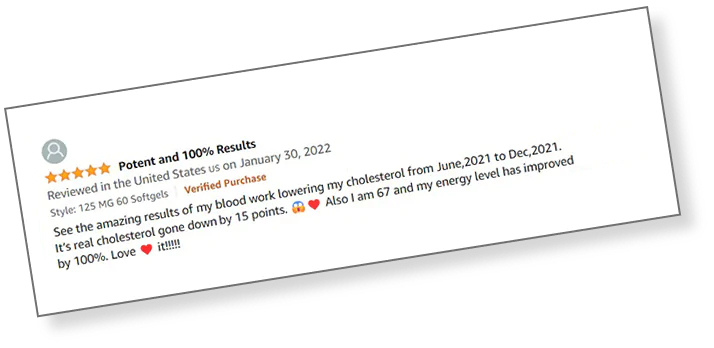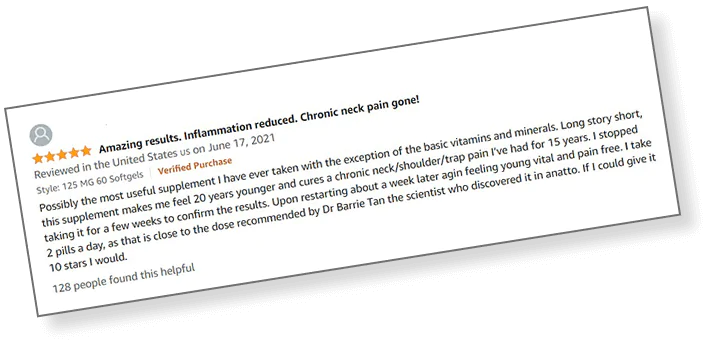Drawing on over two and a half years of personal use of annatto-derived tocotrienol (300 mg/day) plus geranylgeraniol (150 mg/day), I read Dr Barrie Tan’s book with keen interest. Below is an easy-to-read, structured appraisal covering: the book’s credibility and clarity; the major health benefits it presents for tocotrienols (and GG); and a focused comparison with the more ubiquitous α‑tocopherol supplements found in Australian pharmacies and supermarkets.
1. Author Credibility & Background
Expertise & Experience
Dr Barrie Tan is a biochemist with decades of research into vitamin E isoforms. His work bridges lab-based mechanistic studies with translational insights into human health.
Evidence Base
Each chapter is footnoted with up‑to‑date peer‑reviewed studies, including many in vivo and clinical trials. Dr Tan critically evaluates both positive findings and limitations, maintaining academic rigour.
Verdict: High credibility - his is a well‑referenced, scientifically robust text that nevertheless remains accessible to non‑specialists.
2. Structure & Clarity of Message
Logical Flow
Introduction to Vitamin E Chemistry – distinguishes tocopherols from tocotrienols.
Mechanisms of Action – antioxidant pathways, gene regulation, and membrane interactions.
Health Applications – organised by system (cardiovascular, neurological, skeletal, skin, metabolic).
Comparative Analysis – tocotrienol vs α‑tocopherol.
Practical Guidance – dosing, safety, and sourcing.
Writing Style
Chapters open with a clear summary of “Key Takeaways.”
Complex biochemistry is explained with helpful analogies.
Occasional sidebar case studies (e.g. lipid‑lowering trials) bring the science to life.
Verdict: Excellent clarity. Even dense mechanistic sections are broken into digestible sub‑headings, making it “must–read” for both beginners and experienced practitioners.
3. Major Health Benefits Highlighted
Benefit Area Tocotrienols & GG (Dr Tan) α‑Tocopherol (Typical)
Antioxidant Power - More potent chain‑breaking antioxidant in lipid membranes
- Protects LDL from oxidation at lower concentrations - Effective in aqueous environments
- Requires higher doses to match tocotrienol membrane protection
Cholesterol Control - Suppresses HMG‑CoA reductase activity (statin‑like effect)
- Clinical trials show up to 20% reductions in LDL-C - No direct HMG‑CoA impact
- Mainly supports γ‑tocopherol levels if USP‑mixed
Neuroprotection - Penetrates brain tissue; attenuates neuroinflammation in animal models
- Potential in Alzheimer’s adjunctive care - Limited BBB crossing; less data on direct neuroprotection
Bone Health - Enhances osteoblast function; inhibits osteoclast-mediated resorption
- Animal studies show improved bone density with GG co‑administration - Minimal osteotropic effects reported
Skin & UV Defense - Inhibits UV‑induced MMP expression; reduces photoaging markers
- Improves barrier function in topical formulations - Serves as general antioxidant; less direct MMP modulation
Metabolic & Anti‑inflammatory - Downregulates NF‑κB pathway; lowers CRP and IL‑6 in small clinical cohorts - Broad anti‑oxidant; less specific anti‑inflammatory signalling impact
Takeaway: Tocotrienols (especially γ‑ and δ‑isoforms from annatto) + GG deliver substantially broader and more potent benefits compared with standard α‑tocopherol.
4. Comparison with α‑Tocopherol (Stock Pharmacy/Supermarket Forms)
Bioavailability & Tissue Distribution
α‑Tocopherol relies on α‑TTP in the liver; preferential retention but limited in peripheral tissues.
Tocotrienols bypass α‑TTP selectivity, achieving more uniform distribution (brain, heart, skin).
Antioxidant Efficiency
In head‑to‑head lipid‑peroxidation assays, δ‑tocotrienol neutralises peroxyl radicals 40‑60 times faster than α‑tocopherol.
High‑dose α‑tocopherol can paradoxically suppress γ‑tocopherol and tocotrienol levels.
Mechanistic Actions Beyond Antioxidant
Tocotrienols modulate cholesterol biosynthesis and gene expression (e.g., HMGCR, NF‑κB), which α‑tocopherol does not.
GG enhances mitochondrial function and protein prenylation pathways, adding another axis of benefit.
5. Value of Knowledge & Practical Guidance
Dosing Recommendations:
Dr Tan’s guidance (300 mg T3 + 100–150 mg GG daily) aligns with emerging clinical protocols.
Safety Profile:
No serious adverse events in trials up to 600 mg T3/day; Dr Tan outlines contraindications (e.g., warfarin).
Supplement Sourcing:
Clear criteria for purity, solvent‑free extraction, and capsule formulation to ensure bioactivity.
Verdict: Readers gain actionable, science‑backed protocols, making the book both informative and eminently practical.
6. Overall Assessment
Credibility: ★★★★★
Clar...





